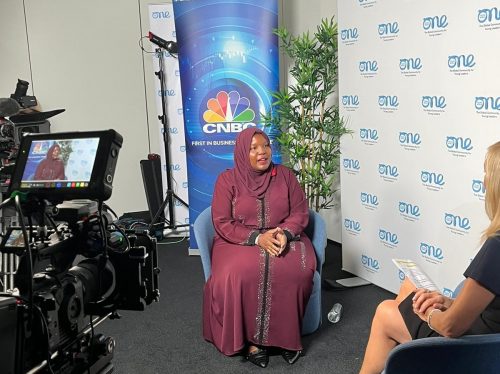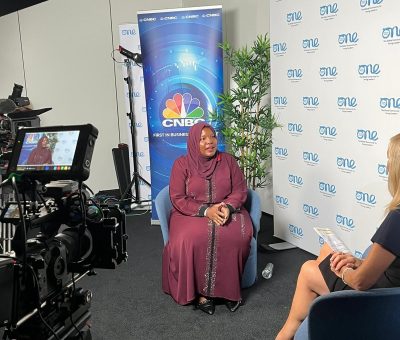Why gender-based violence should be addressed

Everyone has a fundamental right to live free of violence. Violence against women and girls is a health epidemic and a leading cause of injury and disability for women across the globe. In many regions, it kills as many women and girls from ages 15 to 44 as cancer and surpasses injury from traffic accidents.
Gender–based violence is violence directed against a person because of their gender. Both women and men experience gender–based violence but the majority of victims are women and girls. Women are usually the immediate victims of gender violence, the consequences of gender violence extend beyond the victim to the society as a whole.
More than 35% of all women experience violence in their lifetime, yet fewer than half seek help. Over the last few decades, gender-based violence has been recognized and discussed as a public, rather than a private problem. As a result, a multitude of potential responses has been identified within the state and civil society
The impact of gender-based violence on women’s health: Gender-based violence has been linked to many serious health problems, both immediate and long-term.
Gender violence threatens family structures; children suffer emotional damage when they watch their mothers and sisters being battered; two-parent homes may break up, leaving the new female heads of household to struggle against increased poverty and negative social repercussions
Psychological scars often impede the establishment of healthy and rewarding relationships in the future. Victims of gender violence may vent their frustrations on their children and others, thereby transmitting and intensifying the negative experiences of those around them. Children, on the other hand, may come to accept violence as an alternative means of conflict resolution and communication. It is in these ways that violence is reproduced and perpetuated.
Acute fear of future violence, which extends beyond the individual survivors to other members in community, Damage to women’s confidence resulting in fear of venturing into public spaces (this can often curtail women’s education, which in turn can limit their income-generating opportunities); Increased vulnerability to other types of gender-based violence Job loss due to absenteeism as a result of violence; Negative impact on women’s income generating power, Reduced ability to participate in social and economic activities.
One characteristic of gender-based violence is that it knows no social or economic boundaries and affects women and girls of all socio-economic backgrounds: this issue needs to be addressed in both developing and developed countries.
This issue is not only devastating for survivors of violence and their families, but also entails significant social and economic costs. In some countries, violence against women is estimated to cost countries up to 3.7% of their GDP – more than double what many governments spend on education.
Failure to address this issue also entails a significant cost for the future. Numerous studies have shown that children growing up with violence are more likely to become survivors themselves or perpetrators of violence in the future.
Decreasing violence against women and girls requires a community-based, multi-pronged approach, and sustained engagement with multiple stakeholders. The most effective initiatives address underlying risk factors for violence, including social norms regarding gender roles and the acceptability of violence.
Addressing the complex development challenge of gender-based violence requires significant learning and knowledge sharing through partnerships and long-term programs. Through participation of multiple sectors and entire communities in addressing gender-based violence, it is possible to achieve effective prevention and create social networks with ensure that victims of gender-based violence receive the care and protection they need.
Written by Mrs Julie Nanziri Mulwana


















